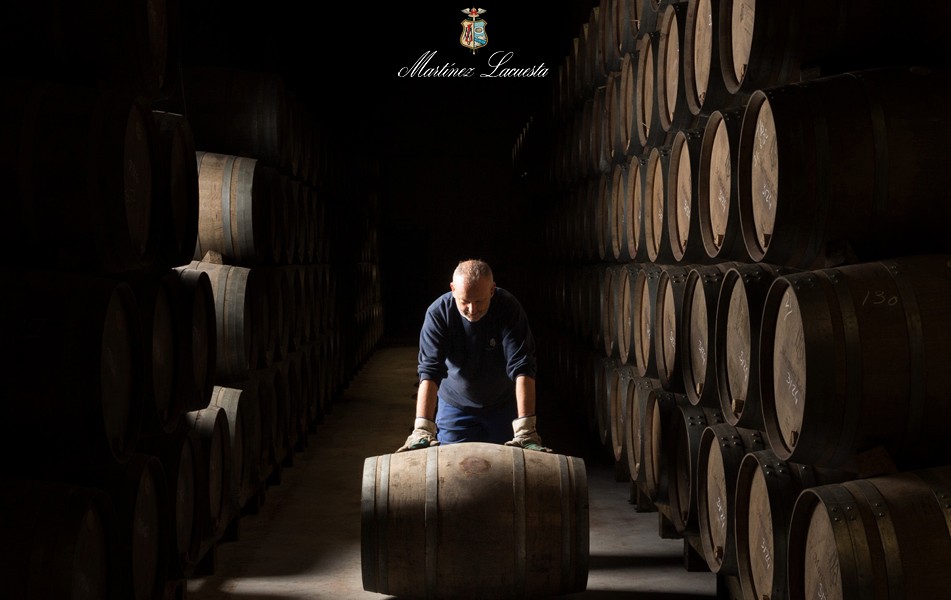How Lapostolle is putting Apalta on the fine wine map
With a new planting project, along with the launch of a top-end Cabernet, Chile’s Casa Lapostolle wants to make Apalta a world-famous fine wine region.

The producer has sold off its vineyards in other parts of Chile to concentrate entirely on Apalta – the region where it’s based – which became a DO in 2018, a development that has encouraged Lapostolle to launch a number of projects to raise the profile of this part of the country.
Based within the Colchagua valley in the central part of Chile, Apalta is a warm region that’s famous not only for housing some of the nation’s most celebrated producers, from Casa Lapostolle to Montes, but also the quality of its Carmenère, which, as recently reported by db, is a grape that performs particularly well in this area due to a combination of a warm climate and deep, granitic soils.
Speaking last month to the drinks business, Charles de Bournet, the owner and manager of Casa Lapastolle, said that he is going to plant 50 hectares of new vines in Apalta next year, having prepared the land two years ago, following the removal of Merlot, which is less well suited to the hot summers of Apalta.
Commenting that the land is on the lower part of the valley, he said that it was part of the Lapostolle estate that’s ideally placed for Cabernet Sauvignon, although he will also be planting some Cabernet Franc and Grenache.
However, he’s also planting a 15ha plot in the hills with Carmenère and a small proportion of Cabernet. This site is currently barren following a fire that destroyed some of the native forest, which has meant he’s been allowed to put in vines – the forested mountainsides are protected by law.
He’s also launching a top-end Cabernet Sauvignon from a 100 year-old vineyard on Lapastolle’s Apalta estate, which has been labelled Parcelle 8 after the plot where the grapes come from.
Previously used as a small component in Lapastolle’s flagship Clos Apalta Carmenère-dominant red blend, De Bournet decided to isolate the wine from this particular vineyard to create a fine pure Cabernet wine, starting with the 2015 vintage.
Fewer than 1,000 cases have been made in 2015 and subsequent vintages, with the inaugural release being shipped to the UK now, where it is being sold exclusively via fine wine merchant Bordeaux Index for a little less than £80 a bottle.
Ahead of this new label, De Bournet created a red blend from Apalta to promote the region following its rise to the status of a DO in 2018.
“In Chile, people always talk about varieties, but in France we talk about regions and AOCs, and we like to blend grapes, so when Apalta became a DO in 2018 I thought, let’s make a red blend from the region,” he said.
Partner Content
Describing it as an “everyday” wine, he said that the Lapostolle Apalta Red Blend contains a minimum of 50% Cabernet Sauvignon along with Carmenère, Merlot and Syrah. It retails in the UK for around £18.
Commenting that it’s a “challenge” to move people in Chile to a mindset that blends are not about using up the “leftovers”, but a way of creating fine wines – such as Lapastolle’s Clos Apalta – he said that it was important for the country’s producers to switch from promoting famous grapes to raising awareness for its top regions.
“We have spent the past 20 years putting Chile on the wine map, but now it needs to be more than Chile, it’s needs to be about the best regions, for example Puente Alto, or Apalta – I’m a believer in the DO concept, that is our view of the next 20 years,” he said.
Speaking specifically about Apalta’s flagship grape of Carmenère, which has also become the emblematic grape of Chile, he said that it needs to be treated with care to create outstanding results.
“We don’t like pyrazines in Carmenère, and so we look for fully ripe grapes, but to get full ripeness you need to wait and harvest late, from mid-April to mid-May, which is 2-3 weeks after the Merlot and Cabernet,” he said, adding, “But if you do this, you get dehydration and low volumes, around 7,000kg/ha, which makes it hard to produce Carmenère to our standards at entry level prices.”
Commenting that you can harvest Cabernet Sauvignon sooner for higher yields without suffering the taste of pyrazines – which have Capsicum-like flavours – he said you can make good entry level wines from this grape, making it a better option for crafting inexpensive reds.
On the other hand, should one take the late-harvest, low-yield approach to Carmenère, De Bournet said that it is his “favourite grape” in Chile, commenting that he loves its combination of “smoothness and spiciness’.
With around 900ha planted, Apalta is one of the smallest DOs in Chile, and considered a particularly good place for growing Carmenère as well as Cabernet Sauvignon and Syrah.
Read more
Chile breaks ground with signing of four new DOs
Related news
The Castel Group rocked by Succession-style family rift




